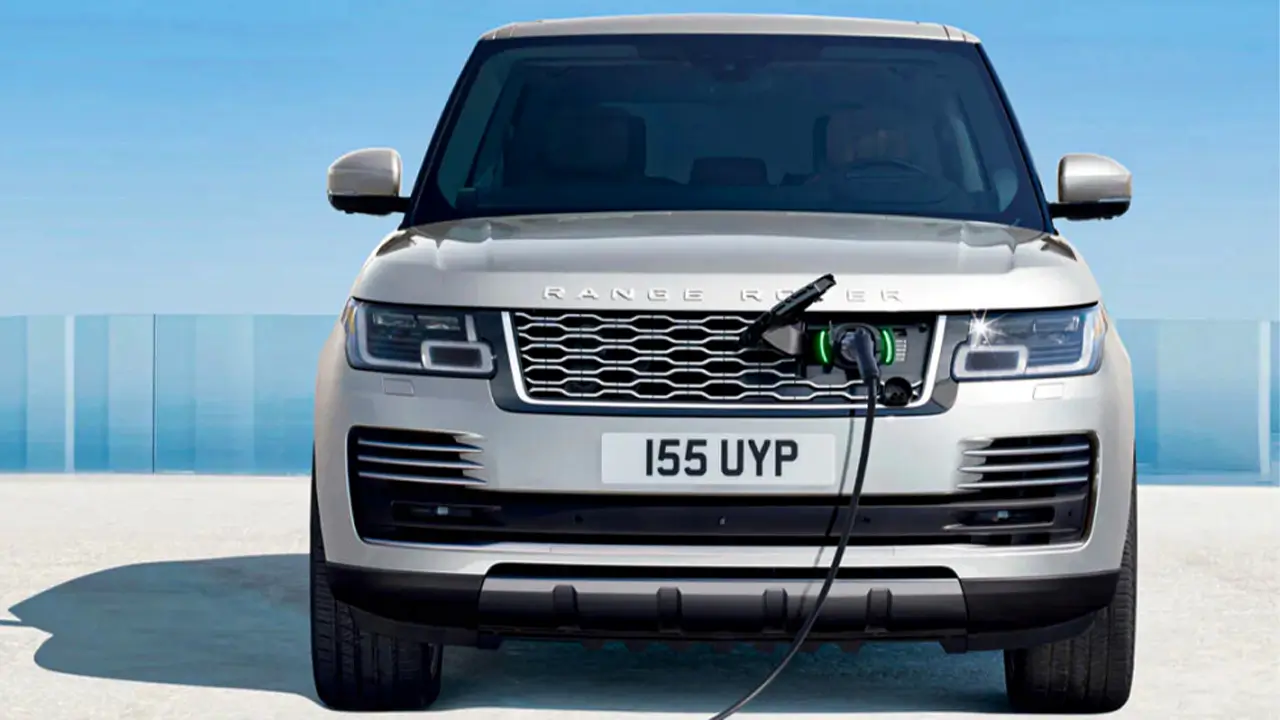The popularity of hybrid vehicles is rising as more people search for ways to cut pollution and save gasoline. These vehicles use both an electric motor and a gasoline engine for power. They are more efficient than conventional cars because of this combination. Let’s have a look at how hybrid cars operate in plain English.
The Two Sources of Power
Engine with Gasoline
The gasoline engine resembles the conventional automobile engine. It produces power to drive the car and operates on gasoline. However, the gasoline engine in a hybrid vehicle is not always the only source of power. It can switch on and off based on the amount of power the vehicle requires.
Electric Motor
A hybrid vehicle’s electric motor gets power from batteries. This motor can help the gasoline engine or operate the car independently. The electric motor frequently does most of the work when the vehicle goes slowly, like in traffic. This lowers emissions and conserves fuel.
How Do Hybrid Cars Work?
The purpose of hybrid vehicles is to combine the advantages of an electric motor and a conventional gasoline engine. This combination works to reduce pollutants and fuel consumption in automobiles, making them more ecologically friendly and fuel-efficient. Hybrid vehicles can operate in multiple modes based on the driving circumstances.
Electric Mode
In this mode, the car runs entirely on electricity instead of fuel. This is especially prevalent when driving at a slow speed, such as in a city. The electric motor is an excellent choice for quick travel because it is silent and produces no pollution.
Mode of Gasoline
The gasoline engine starts when the vehicle requires extra power, like while accelerating or going upward. It provides the extra power required to work with the electric motor. This combination helps to save gasoline and maintain good performance.
Regenerative Braking
Regenerative braking is one of the unique characteristics of hybrid vehicles. The car is slowed down by the electric motor when the driver presses the brakes. The motor becomes a generator instead of squandering energy as heat. It recharges the batteries by turning the vehicle’s kinetic energy back into electrical power. This procedure aids in increasing the electric motor’s range.
Management of Batteries
A unique battery in hybrid vehicles stores energy for the electric motor. These batteries are made to endure a long period with minimal upkeep. They are charged by the gasoline engine as necessary and by regenerative braking. As a result, unlike fully electric automobiles, drivers of hybrid cars are not required to plug them in.
In conclusion, a gasoline engine and an electric motor are combined to power hybrid vehicles. This dual system reduces pollution and increases fuel efficiency. With their electric, gasoline, and regenerative braking modes, hybrid vehicles provide contemporary drivers with an intelligent and environmentally responsible choice. In the future, hybrid vehicles will probably gain even more traction as technology advances.
